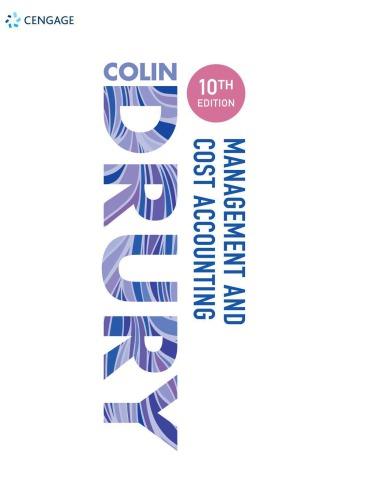Public sector organizations increasingly must account for their performance and provide quality services at lower costs. To
Question:
Public sector organizations increasingly must account for their performance and provide quality services at lower costs. To accomplish this many local authorities and public sector organizations have used ABC systems but many have tried ABC and abandoned it because they were time-consuming and expensive to operate. Rather than abandoning ABC a possible solution is to improve it using timedriven ABC (TDABC). An article published in Public Money and Management authored by Stouthuysen et. al (2014) illustrates the application TDABC to two indoor swimming pools in a medium-sized Belgian city and financed by the same local authority. The TDABC model used ‘types of pool visitors’
as cost objects broken down into four distinct cost object categories. Six main activities were identified. To calculate the cost per time unit spent on an activity, the total annual operating expenses (i.e. the cost of supplied capacity) for each pool was calculated. Next, practical capacity supplied using an annual time measure availability based on the number of full-time equivalent workers at each pool was calculated. Finally, total cost per pool was divided by the practical capacity to obtain the cost per minute of supplying capacity in each pool. Cost driver rates were calculated by multiplying the cost per minute by the time involved for each kind of activity and then assigned cost objects according to their use of each activity.
Questions:
1 Can you provide some examples of cost objects and activities that might be applicable to a swimming pool?
2 How might the information produced by an ABC system be used in a leisure centre?
Step by Step Answer:






